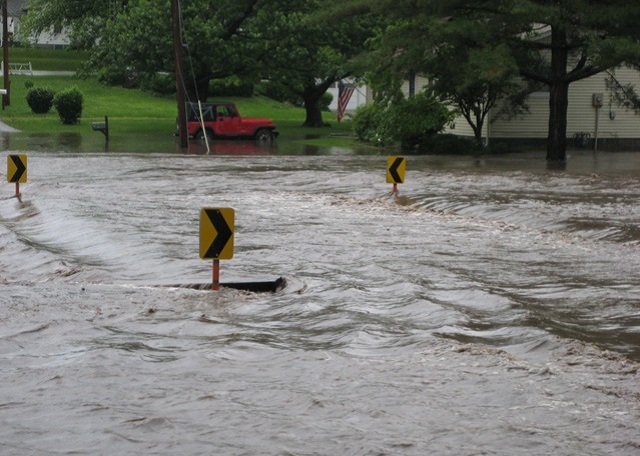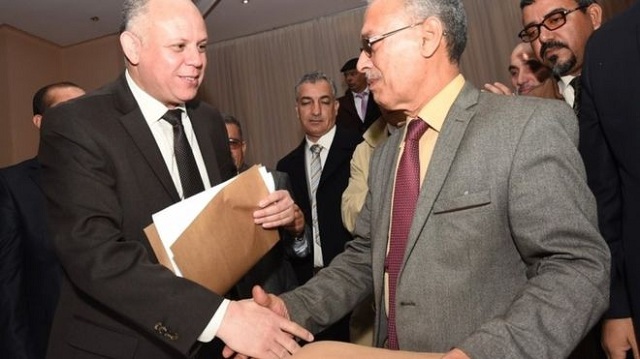OPINION: Rain and water harvesting

Saul Gwakuba Ndlovu
A couple of weeks ago Zimbabwe’s Vice-President, Cde Phelekezela Mpoko, when he was acting president, called on the nation to pray for rain to avert a looming devastating drought.
The drought had been predicted by the country’s meteorological services.
A few days later some areas received fairly heavy rains, some of them for the first time since the beginning of the rainy season in November 2015.
Although some places have been fortunate to have received some downpours, the country is by and large, still dry making the agricultural outlook bleak indeed.
Cloud seeding is said to be not feasible for one reason or another. That leaves us with just one option – prayer.
Religion is one cultural phenomenon that the nation of Zimbabwe can boastfully say it has in abundance. A casual walk through the country’s populated localities during sunlight on Saturday or Sunday brings one across groups of worshippers either in the open or within some structures.
The majority of these groups are Christians, and most of them are “Born Agains” whose churches are called by various names and led by charismatics pastors.
Many of those pastors publicly claim to have supernatural powers to perform miracles, and some actually do perform astounding miracles such as healing some sick people, making some lame or crippled believers “whole or normal”.
There is one thing, however, that most of those pastors should do devotedly – that is to pray for rain.
Why? Because the economic, social and even the cultural welfare of the people of Zimbabwe depends on the country’s agricultural success, and that, in turn, depends on the rain.
Prayer has the super-natural power to create the meteorological requisites that make rain fall.
Those requisites are evaporation and transpiration of moisture into the air where it condenses into rain clouds, resulting in precipitation if and when the appropriate wind prevails.
The wind and the locality’s geomorphological features will determine whether the rain will be a relief, a convectional or some other type. We are not concerned, however, with that, but with rain whatever its type.
Our prayers should beg the Almighty to use his power to create and give us rain. It is the duty of every pastor and every Christian, indeed of everyone who believes in the existence of God to pray for rain. God does not derive pleasure in the suffering of His people. That is what the Vice President meant in effect.
Meanwhile, those whose areas have received some rain are strongly advised to plant drought-resistant crops such as sorghum and millet (amabele, nyawuti; mapfunde, zembwe).
This is vital for Matebeleland as a whole, the Midlands, Masvingo and a large part of Manicaland, particularly the Marange and Zimunya areas.
For those involved in ranching or any other livestock keeping project, the development of water sources is a priority, and so is the procurement of stock feed. Farmers may have to sell some of their livestock to raise funds for the stock feed.
The first thing that comes to mind about water sources are dams. In drought prone districts such as Bulilima, Mangwe, Matobo, Gwanda, Lupane, Hwange, Zimunya and Chivi, some rivers get flooded once or twice per season, and carry the precious water to destinations that are inaccessible to the people through whose regions they pass.
It makes a great deal of sense to dam those rivers. Among them we find the Nata (Manzamunyama) the Mayitembwe and the Tekwane in the Bulilima District, the Ramaquebane, the Mbakwe, the Shashi in the Mangwe, the Hovi (Gomfi) the Thuli, the Shashane, the Simukwe and a few more in the Matobo District.
Other districts have their own rivers that become fiercely flooded, roaring monsters, for a few hours once or twice in the rainy season, taking away immeasurable quantities of water to the Indian Ocean via either the Zambezi, the Limpopo or the Sabi. They pass through parched, arid and barren Karroo – like regions in which are millions of thirsty beasts, human beings and moisture – stressed plants and crops.
Damming them at several strategic places along their respective courses would make a number of communities agriculturally productive, and thus improve Zimbabwe’s national economy.
That could reduce, if not reverse, the exodus of people from the rural areas to urban centres, and also increase the country’s annual per capita income.
The sinking of deep wells and boreholes is another way of developing water sources. It is important that more and more of these are sunk and properly equipped to achieve good reticulation over wide areas.
Highly perennial deep wells and boreholes can be utilised for irrigation especially for family-size kitchen (vegetable) gardens. That could contribute to the improvement of nutrition throughout the country and to the fight against hunger.
Land abstraction is another way to procure water. It means drawing out water from river courses that have a great deal of sand, a Kalahari geological characteristic of some rivers in Matabeleland, particularly in the Matobo, Mangwe, Bulilima districts and western parts of the Nyamandhlovu and Lupane administrative sectors.
The method is not very reliably, however, because one cannot correctly assess how much water can be drawn out and for how long, from a given spot. It can be used, however, as and when the selected spot is productive.
Sand abstraction is a variation of scooping out sand with shovels to make open wells (mafuku, iziliba) in areas like Bulilima (Hingwe, Nzwazwi.
Another water source – development method is the sinking of what are called artesian wells, a reference to water sources widely utilised in some of Australia’s states, especially in Queensland where there is what they call “the Great Artesian Basin.”
Western Australia is also well-known for its mining and farming industries that depend on artesian wells. These are perpendicularly bored wells especially through rock into water – bearing strata lying at an angle so that natural pressure can produce a constant supply of water with little or no pumping involved.
Artesian wells are supplied by subterranean water flowing along aquifers whose sources may be hundreds of kilometers away (from the site of the well). They can be drilled in those parts of Zimbabwe where water is in short supply, and big reservoirs can be built to store enough water from artesian wells for urban centres.
Another water source development is rain water roof–harvesting, a method that can supply individual families especially in urban centres with as much water as their tanks can contain. The tanks would have been built to receive rain water dropping from house roofs. The tanks are a very worthwhile investment.
Saul Gwakuba Ndlovu is a retired, Bulawayo – based journalist. He can be contacted on cell 0734 328 136 or through email. [email protected]











Comments